We recently described the beginning of a new era in connected dentistry and its potential for improving treatment efficiency, practice growth and patient care.1 Could the innovations we discussed also benefit complex Class II restorations?
The answer lies in CEREC Go, which reintroduces a compelling vision: digitally designed, precisely milled composite inlays and onlays. CEREC Go is not primarily a crown mill; it is a direct restoration machine. Purpose-built for complex Class II cases, it allows clinicians to flexibly transition between manual and digital workflows according to their skill level and clinical scenario. This flexibility does not extend chair time, and the system combines speed, precision and material strength to deliver predictable results without compromising quality.
A smart solution for complex Class II cavities
Posterior composite restorations demand tight proximal contacts, natural interdental architecture, functional occlusal anatomy, excellent marginal integrity, and resistance to polymerisation stress and to wear and fracture. Even minor issues—such as air entrapment, bonding deficiencies, incomplete polymerisation or marginal overhangs—can compromise restoration longevity and patient satisfaction.2 Digitally designed composite inlays and onlays produced from prefabricated composite blocks help mitigate many of these variables.3 Historically, CAD/CAM workflows were seen as too slow, complex or costly for what was perceived as a simple restoration (Figs. 1a–e). CEREC Go changes that perception by leveraging connected dentistry technologies—integrating hardware, software and data platforms to streamline restorative workflows.
Introducing the direct restoration machine
CEREC Go enables chairside production of composite inlays and onlays with the simplicity and speed of conventional direct restorations—and without sacrificing quality. Its key features include automatic generation of artificial intelligence (AI)-powered design proposals via CEREC on DS Core in under a minute and milling of restorations in less than 2 minutes. The system offers a furnace-free workflow—polish, bond and finish. In short, CEREC Go delivers indirect restoration performance at direct restoration speed. Moreover, CEREC Go requires only minimal investment, since it is compatible with the practice’s existing intra-oral scanner and DS Core subscription, as well as with CEREC Primemill for expanded material options such as zirconia or glass-ceramic (Figs. 2a–f).
The material advantage: Hybrid composite blocks versus 3D-printing resins
The success of an inlay or onlay depends on the material as much as on the process.4 CEREC Go is optimised for hybrid composite blocks engineered specifically for posterior restorations. Hybrid composite blocks have several advantages over printed composites (Table 1). Composite blocks unite the advantages of direct composites with industrial-grade polymerisation and a homogeneous microstructure, eliminating internal flaws and reducing technique sensitivity.5
| Table 1: Comparison between hybrid composite blocks and 3D-printing resin composites. |
| Feature |
Hybrid composite blocks |
3D-printing resin composites |
| Filler content |
~80% filled, ultra-dense |
Lower filler density |
| Flexural strength |
≤ 270 MPa6 |
Variable, typically ≤ 150 MPa7,8 |
| Bonding interface |
Strong adhesion with composite adhesives |
Often requires surface treatment |
| Outcome |
Clean, precise; minimal chipping |
Limited edge definition9,10 |
| Longevity |
Data on five- to 13-year outcomes 11,12 |
Limited long-term data13 |
Restorations that scale—clinically and operationally
For clinicians, CEREC Go makes complex Class II restorations more predictable and profitable. For group practices and dental support organisations, it introduces standardisation to a procedure traditionally defined by individual technique, reducing remakes and variability while ensuring consistent function, aesthetics and efficiency. It enables faster chair turnover, easier delegation to expanded function dental auxiliaries (for clinicians in the US) and a seamless workflow—from scanning to placement—enhancing the patient experience.
By reframing CAD/CAM as a tool also for partial-coverage restorations—not solely for full-coverage restorations—CEREC Go redefines what digital dentistry can do.
Every CEREC Primemill already includes these capabilities, offering the same workflow using ceramic materials such as lithium disilicate and zirconia, which are ideal for long-lasting crowns.
Back to the future: CEREC’s original purpose—reimagined
When the first CEREC system was introduced in the 1980s, it was designed for the chairside fabrication of tooth-coloured inlays and onlays—a visionary idea ahead of its time.14 Early adopters embraced it, but the materials and workflows then available limited its practicality.
Today, that original vision has returned. Through AI-driven design, hybrid composite blocks and superfast milling, CEREC Go is not merely reviving the inlay; it is redefining it. CEREC Go takes dentistry back to the future: connected dentistry technologies are finally realising the original CEREC vision.
Freedom of choice for the dentist
Advanced resin composites remain reliable for Class II direct restorations, but with increasing complexity, depth or size they demand significant manual skill. By combining digital precision, AI-supported design and rapid manufacturing, CEREC Go allows practitioners to transition seamlessly between manual and digital methods as needed—without extending treatment time.
In today’s connected dental practice, integration and efficiency drive every decision. CEREC Go represents more than a milling unit; it is a digitally guided, economically accessible entry into connected dentistry. Leveraging connected dentistry technologies and advanced materials, CEREC Go truly enables CEREC for everyone—starting with hybrid composite inlays and onlays—and, of course, it is capable of producing crowns as well. Expanding into other materials such as zirconia or glass-ceramic is only a small step from there.



 Austria / Österreich
Austria / Österreich
 Bosnia and Herzegovina / Босна и Херцеговина
Bosnia and Herzegovina / Босна и Херцеговина
 Bulgaria / България
Bulgaria / България
 Croatia / Hrvatska
Croatia / Hrvatska
 Czech Republic & Slovakia / Česká republika & Slovensko
Czech Republic & Slovakia / Česká republika & Slovensko
 France / France
France / France
 Germany / Deutschland
Germany / Deutschland
 Greece / ΕΛΛΑΔΑ
Greece / ΕΛΛΑΔΑ
 Hungary / Hungary
Hungary / Hungary
 Italy / Italia
Italy / Italia
 Netherlands / Nederland
Netherlands / Nederland
 Nordic / Nordic
Nordic / Nordic
 Poland / Polska
Poland / Polska
 Portugal / Portugal
Portugal / Portugal
 Romania & Moldova / România & Moldova
Romania & Moldova / România & Moldova
 Slovenia / Slovenija
Slovenia / Slovenija
 Serbia & Montenegro / Србија и Црна Гора
Serbia & Montenegro / Србија и Црна Гора
 Spain / España
Spain / España
 Switzerland / Schweiz
Switzerland / Schweiz
 Turkey / Türkiye
Turkey / Türkiye
 UK & Ireland / UK & Ireland
UK & Ireland / UK & Ireland
 Brazil / Brasil
Brazil / Brasil
 Canada / Canada
Canada / Canada
 Latin America / Latinoamérica
Latin America / Latinoamérica
 USA / USA
USA / USA
 China / 中国
China / 中国
 India / भारत गणराज्य
India / भारत गणराज्य
 Pakistan / Pākistān
Pakistan / Pākistān
 Vietnam / Việt Nam
Vietnam / Việt Nam
 ASEAN / ASEAN
ASEAN / ASEAN
 Israel / מְדִינַת יִשְׂרָאֵל
Israel / מְדִינַת יִשְׂרָאֵל
 Algeria, Morocco & Tunisia / الجزائر والمغرب وتونس
Algeria, Morocco & Tunisia / الجزائر والمغرب وتونس
 Middle East / Middle East
Middle East / Middle East












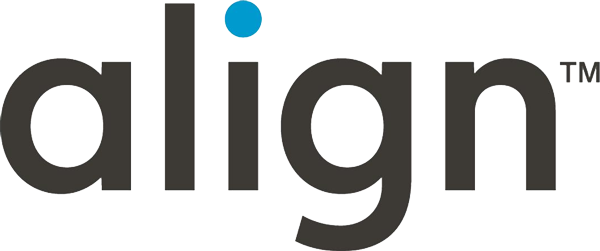








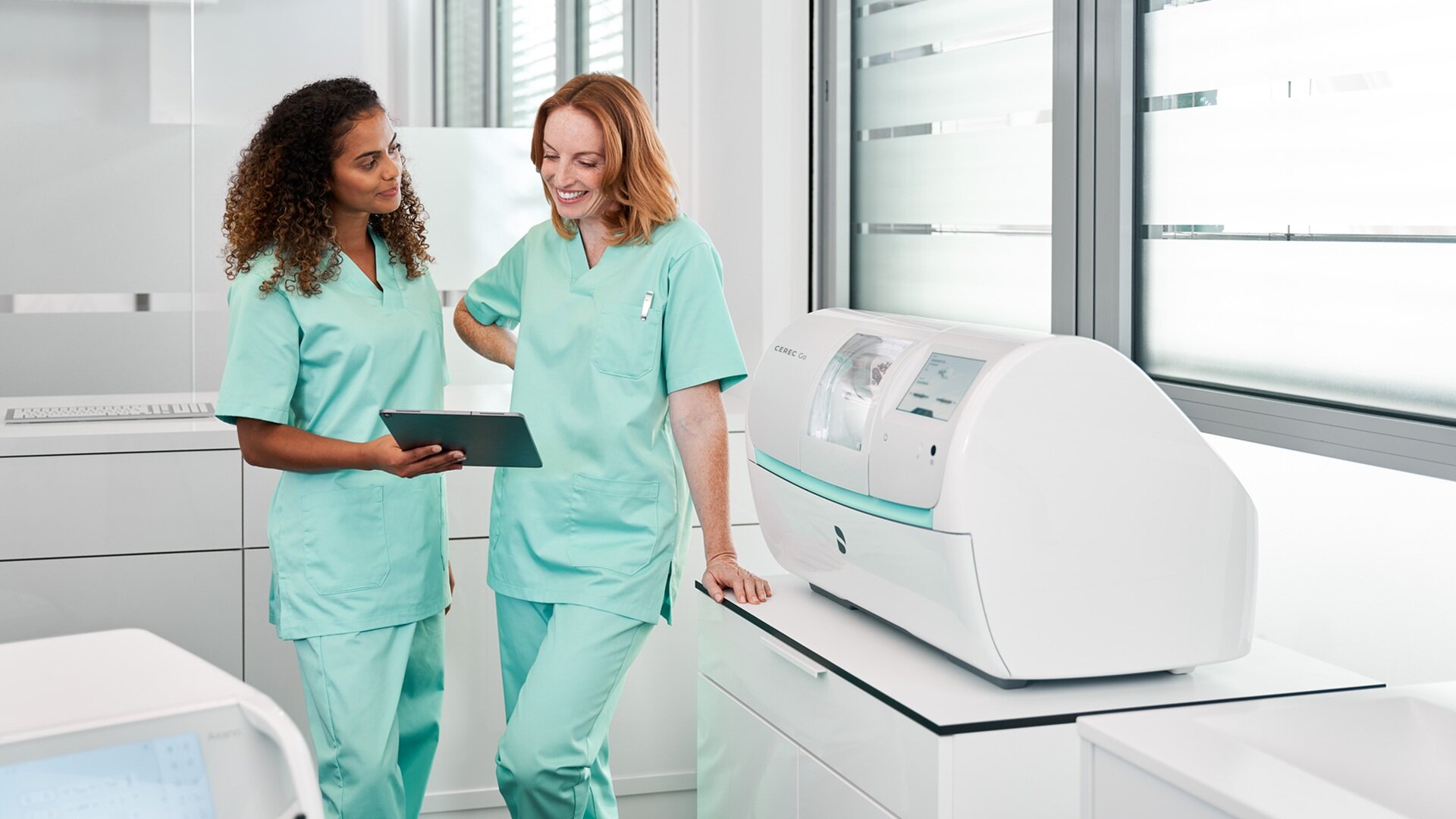




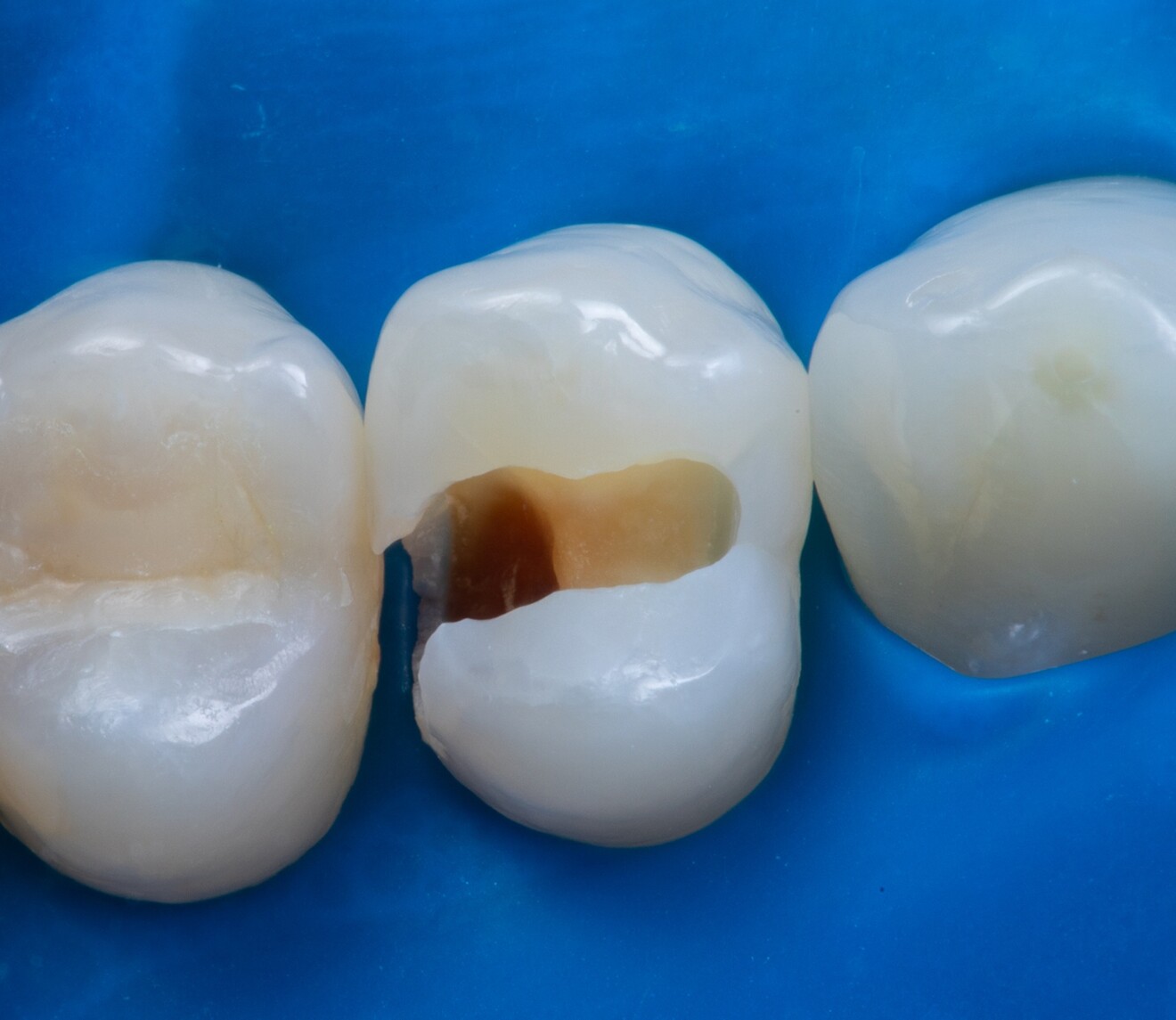


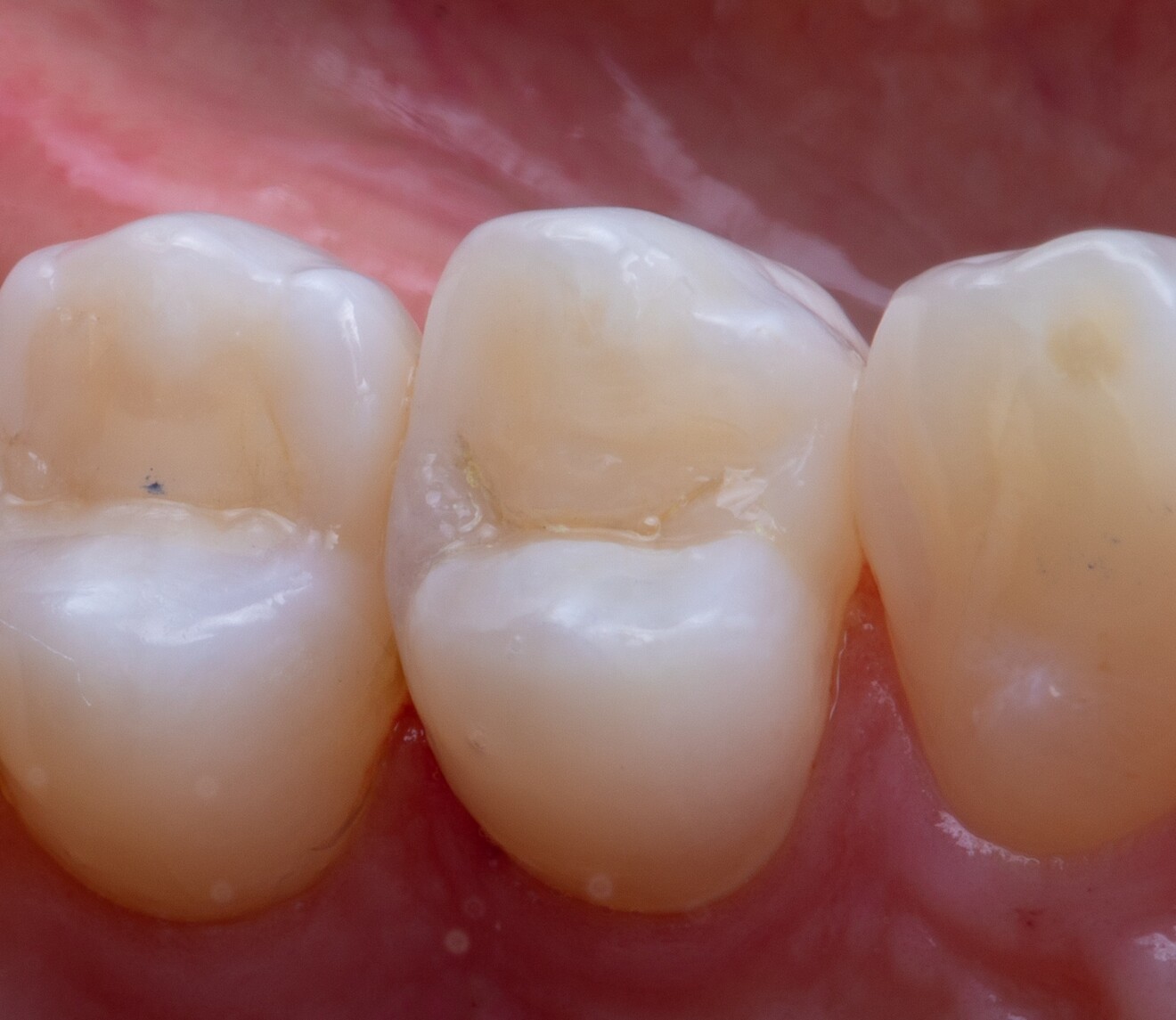
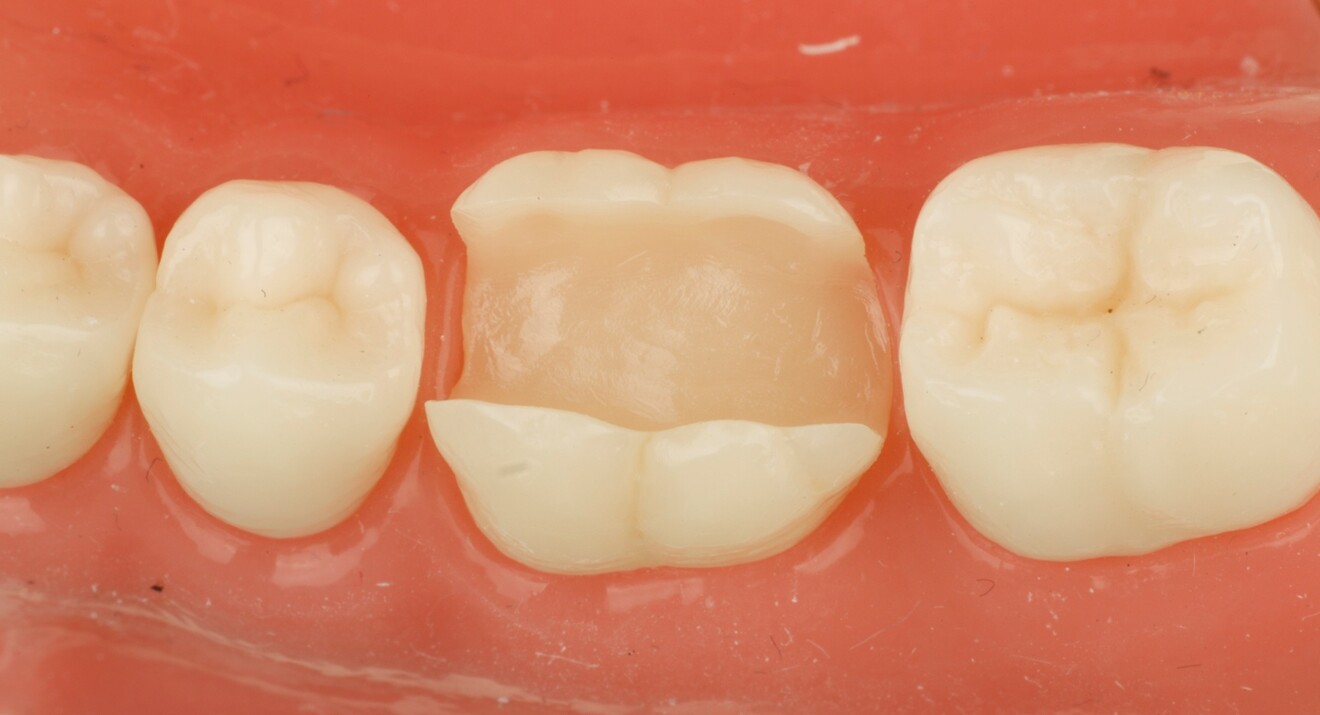
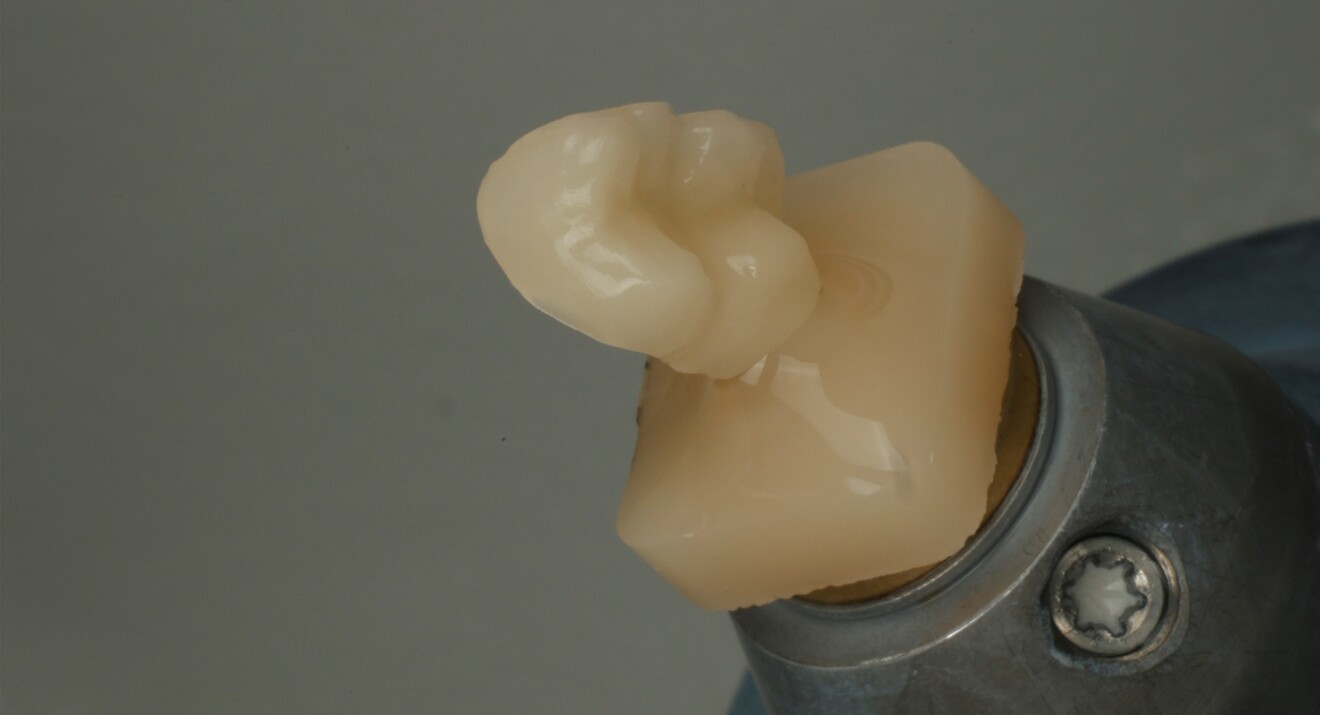

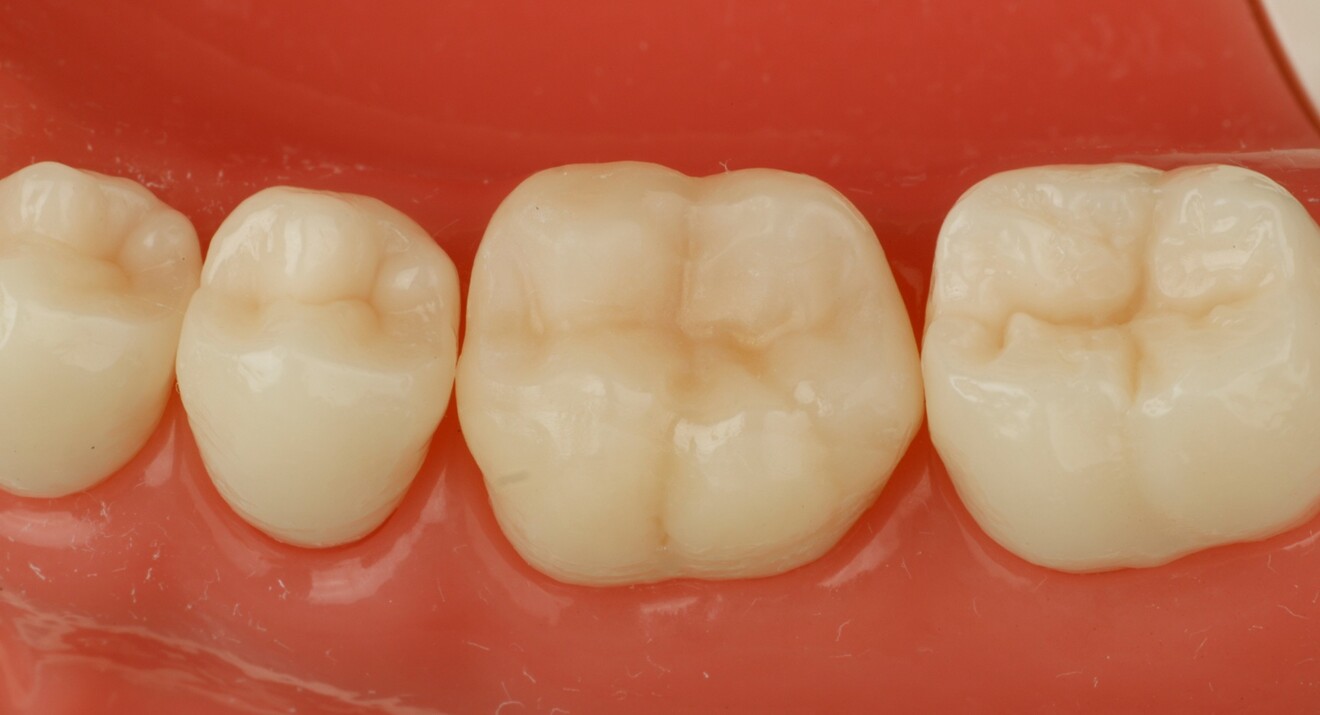

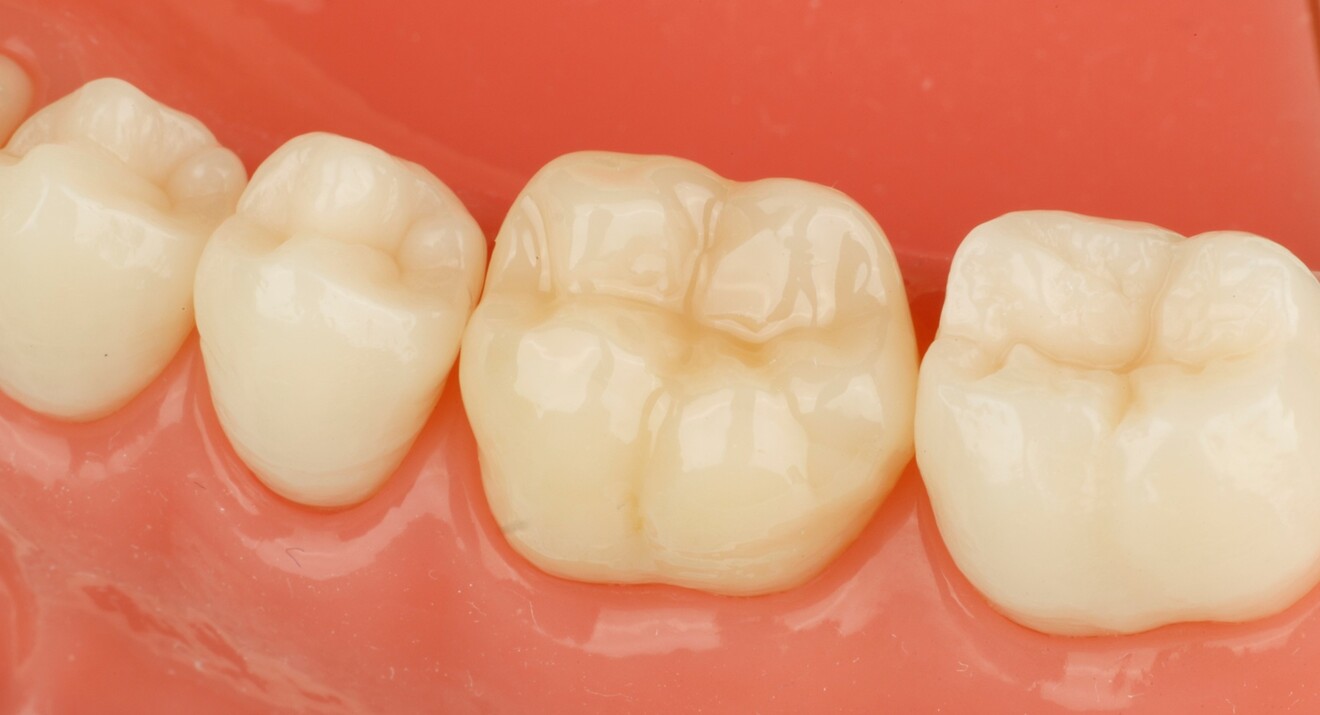

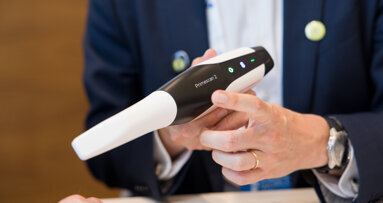
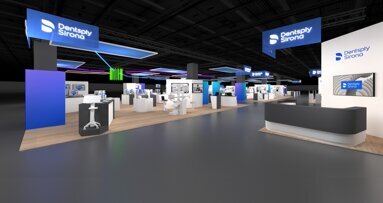



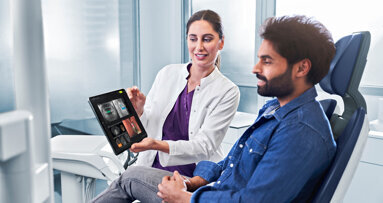



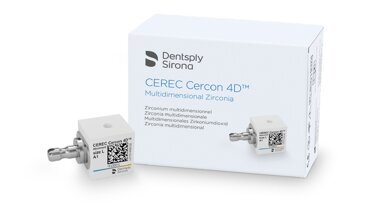






To post a reply please login or register